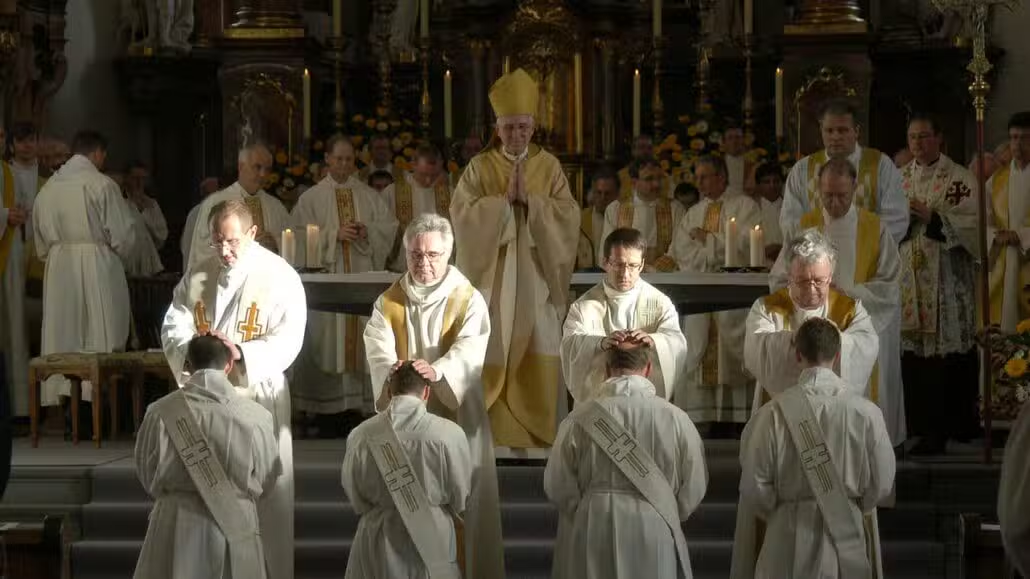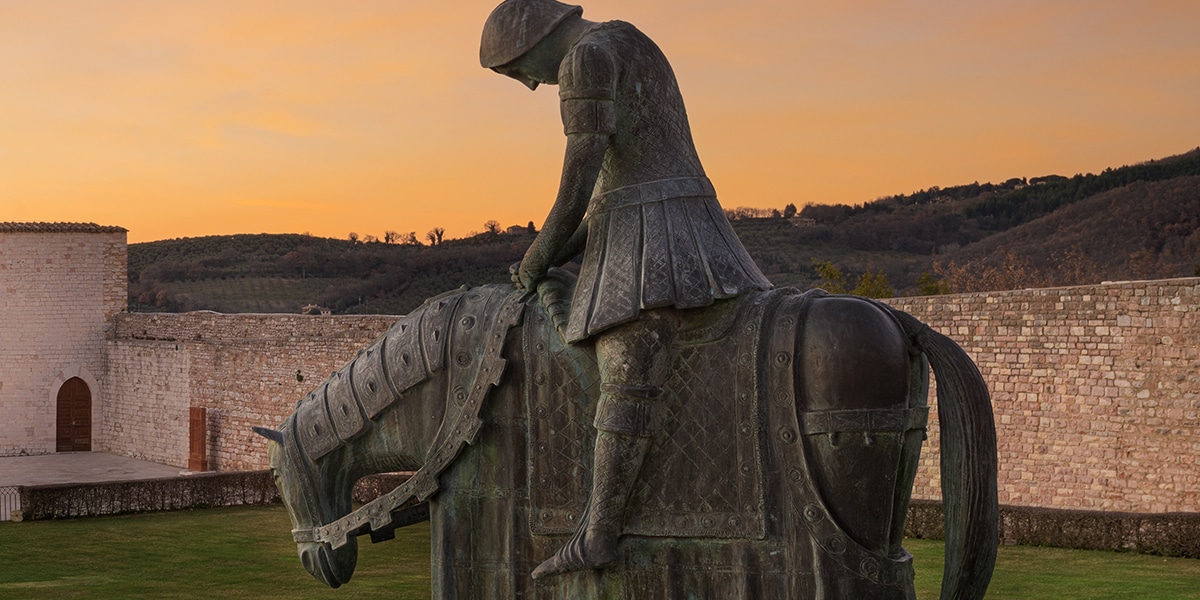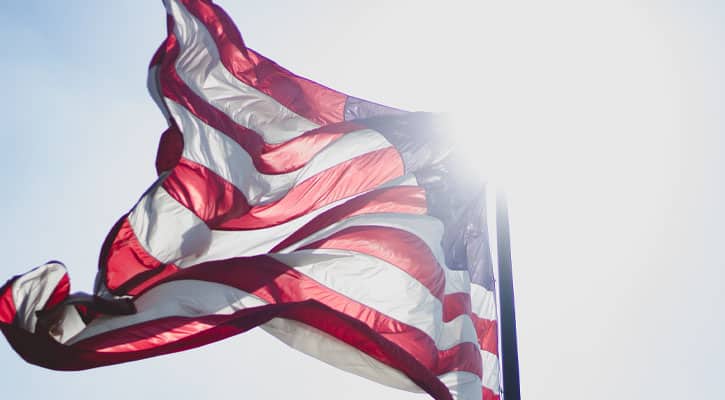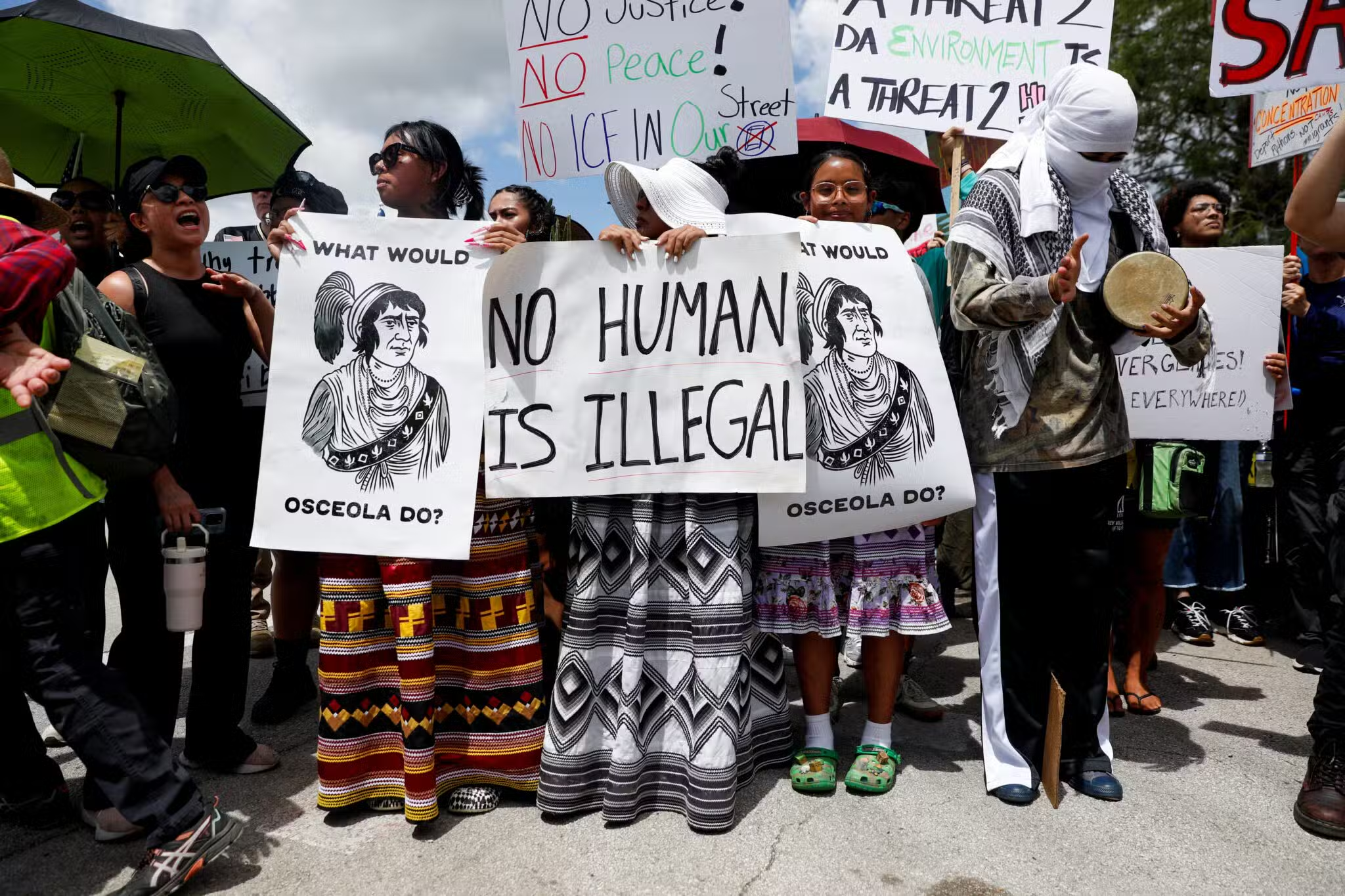At our Baptism, the priest anointed us with sacred chrism and said that we were now identified with Jesus in his roles as priest, prophet, and king. As a priest, we are to offer sacrifice and we do this by participating in the Eucharist, offering both ourselves and the sacrifice of Jesus to the Father. As a prophet, we are to witness to the good news bringing peace and justice to all we meet. And as a king, we are to share in Jesus’ role of ordering all things toward the Father in the Holy Spirit. This honor applies to all the baptized and is often referred to as the priesthood of the faithful. It points to the dignity all share as children of God.
But there is a sacrament that formalizes these roles in a ministerial priesthood. The roles of priest, prophet, and king become the focus and specific ministry of those who are ordained to one of three offices through the Sacrament of Holy Orders. As deacons, priests, or bishops, the ordained become part of the hierarchy of the Church and provide the human leadership of the faith-community with the gifts of God to assist and guide them.
Now, every human society or institution has a leadership structure; it’s needed for the survival of the group. The Church is no different. It has its own leadership roles which, admittedly, can, at times, be complicated and unwieldy. Being transcultural and international it can also seem lethargic and slow to respond to perceived needs, especially local or national needs. It is responsible for many nations and many cultures, all of which perceive reality in slightly different ways. This can cause tension and confusion.
But besides being a human, political institution, the Church is also divine and has a leadership team ordained by God in roles of service. And Jesus has assured us that through the Sacrament of Holy Orders he is present to assist.
In three similar but very distinct rites, the ordained are set aside for ministry by the laying on of hands. Deacons are given the book of the Gospels as a sign of their role to proclaim the good news both at the Eucharist, where they proclaim the Gospel reading, and through charitable services to the larger community. In this latter role, they are united with the local bishop in his care for the diocese.
Signs and Symbols
Priests and bishops are anointed with sacred chrism and are also handed the implements of their office. Priests are handed a chalice and paten as symbols of their task to offer the gifts of the people of God. Bishops are given the book of the Gospels as a symbol of their mission to proclaim the word of God, a ring as a sign of their fidelity to the Church, the bride of Christ, and a miter (headdress) and crosier (staff) as a sign of their role as shepherds. In each case, the prayer prayed over the candidates by the ordaining bishop clearly distinguishes the roles of each office and delineates the ministries assigned to each. Signs and symbols, gestures and words that bring about the ordination of leaders for the Church.

Since Holy Orders is a sacrament, Jesus has promised to be active in the lives of the ordained. Like marriage, in which Jesus is present throughout the life of the couple to strengthen and assist the man and woman as husband and wife and as parents, Jesus is with the ordained to assist and guide them in their ministries. The roles of both marriage and family and of Church leadership are important and essential to the full operation of society and the Church. God, as it were, is saying that he wants to be there too assist. So, again like marriage, the Sacrament of Holy Orders is a sacrament of vocation.
Various Roles
But what about monsignors, archbishops, cardinals, and the like? How do they fit into the scheme of things and into the Sacrament of Holy Orders? These are clerical titles which are often honorary and actually have little to do with the Sacrament of Holy Orders. For example, monsignors are priests who are usually given the title as a reward for some outstanding service to their diocese or because of an office they hold within the diocese. This will be far less popular in the future, since Pope Francis has taken steps to curtail the practice of giving this honorary title to anyone under 65 years of age.
Archbishops are bishops who are leaders of archdioceses but are also heads of church provinces—groupings of dioceses, usually within each state in the United States. The grouping is mainly for facilitation of common pastoral practices and to foster close relations within the group. There are a few legal obligations which the archbishop has in the province, but basically each bishop is responsible for his own diocese and answerable to the pope.
Cardinals can be laymen, deacons, priests, or bishops who have been selected by the pope to serve the Church in a special role. Most, however, are bishops. Their prime responsibility is to oversee the government of the Church upon the death of a pope and to elect a successor.
Meanwhile, they may also serve as heads of various Vatican offices, or of dioceses, or as pastors in the parishes of Rome. Presently, the “Council of Nine,” as it is called, is an international committee of cardinals formed by Pope Francis to serve him as an advisory board for Church governance and reform.







